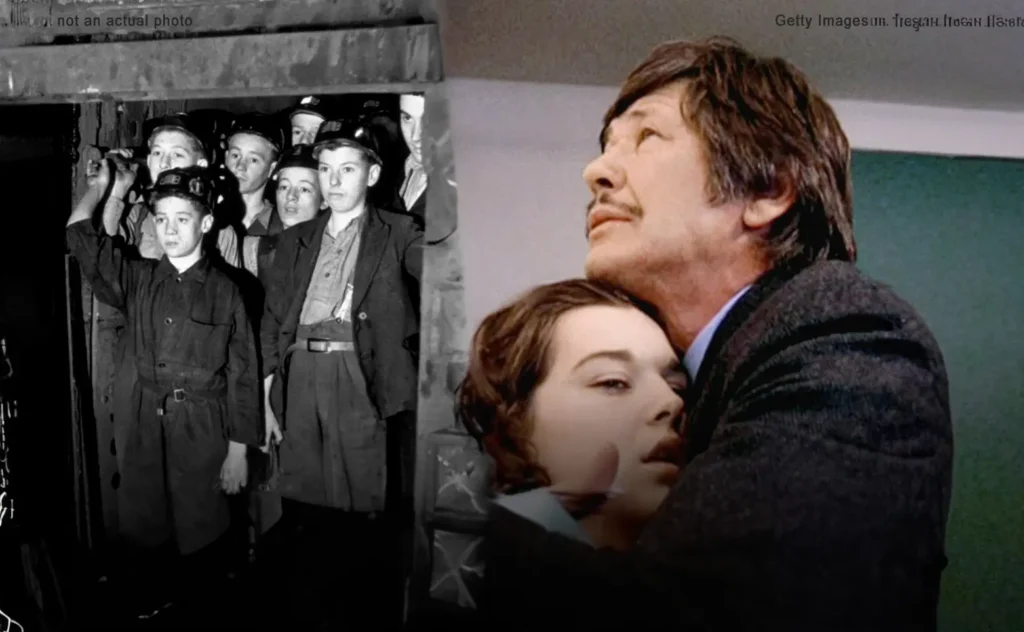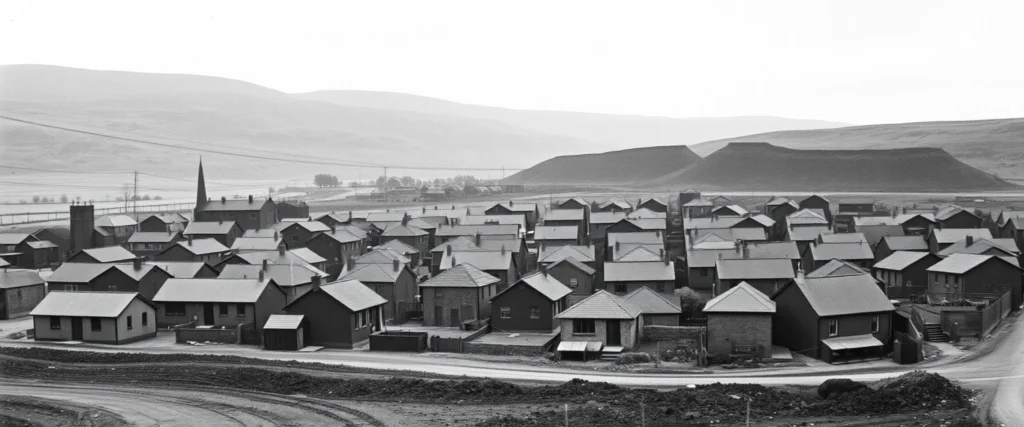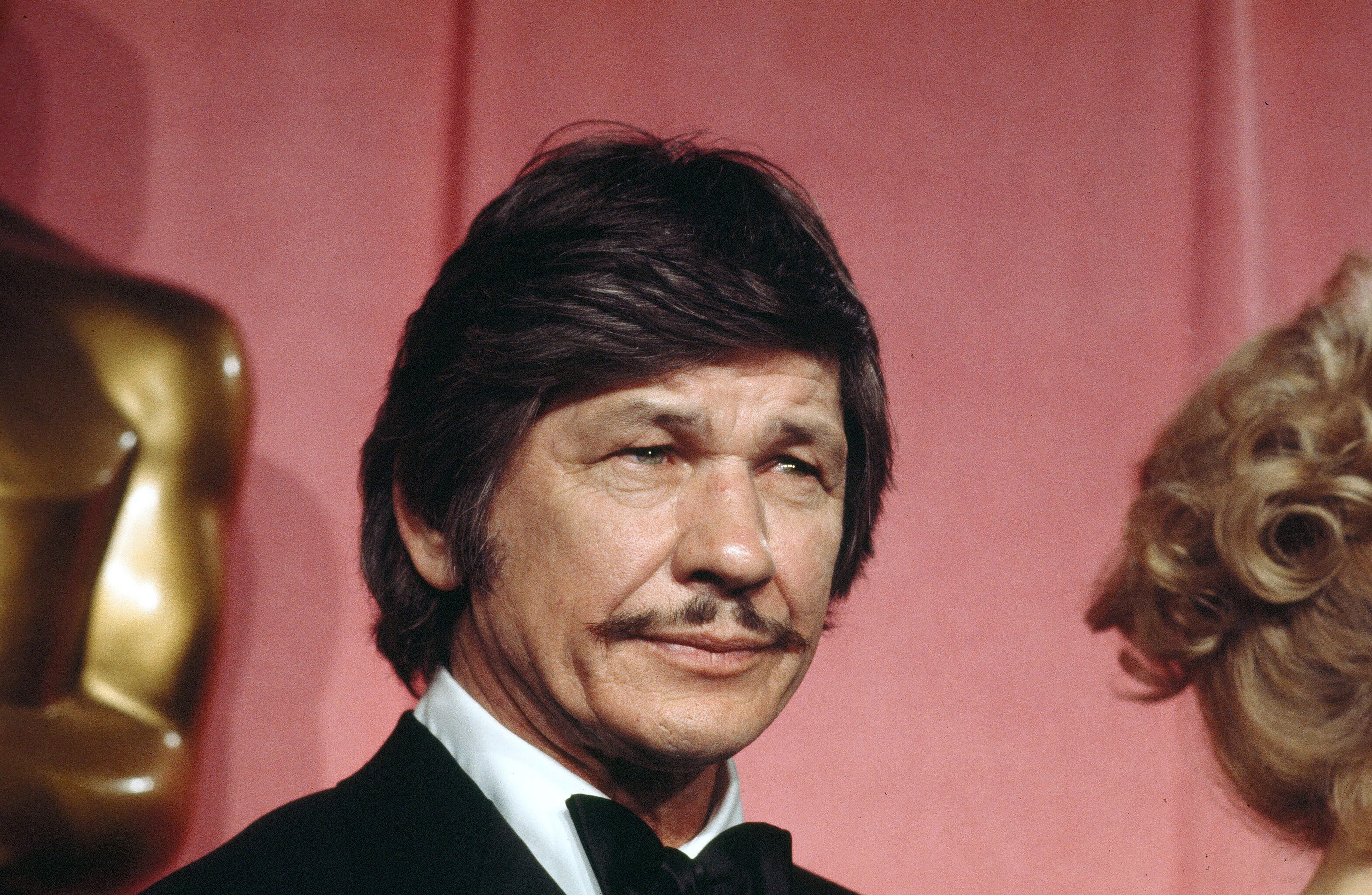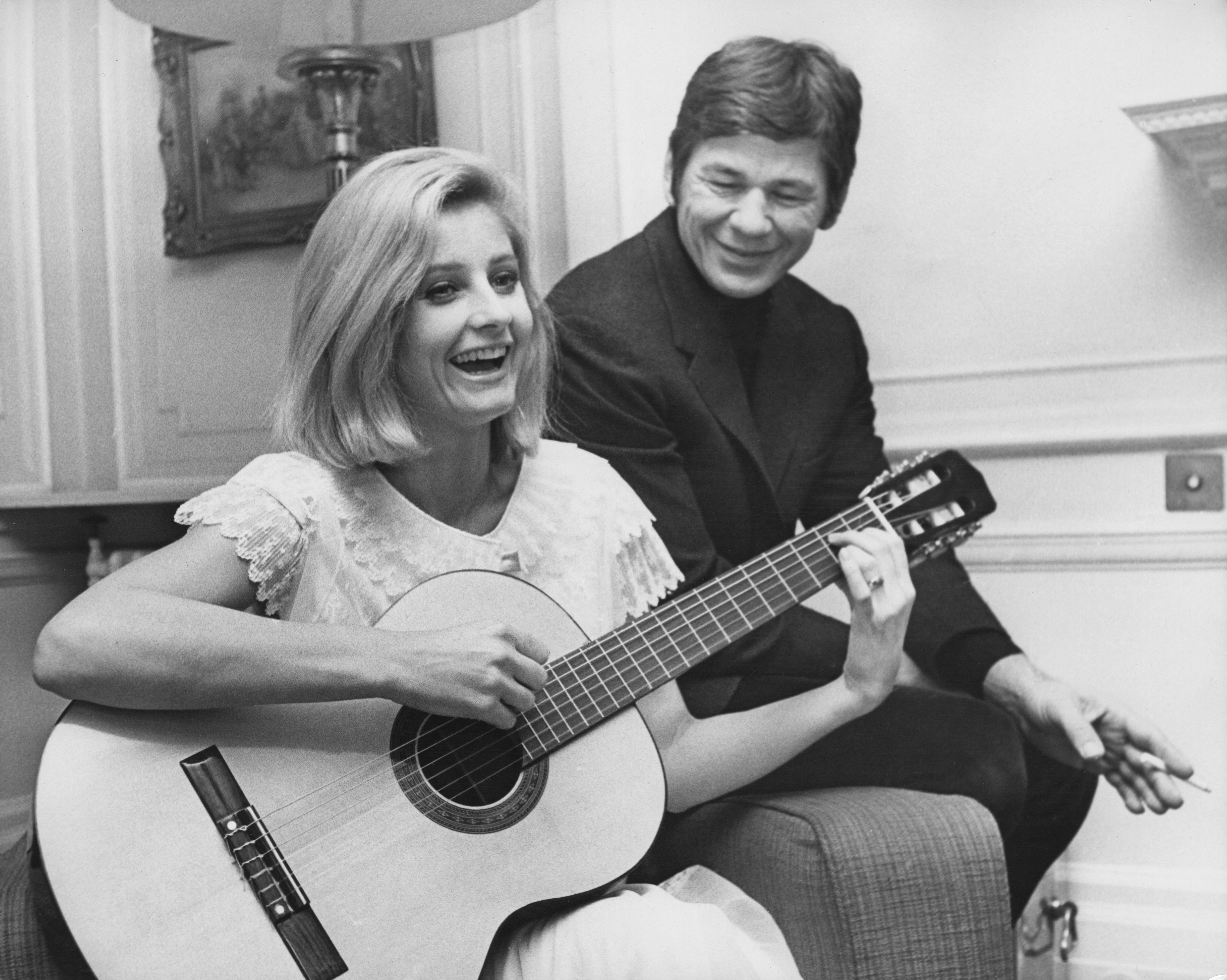Working at the coal mine as a kid, Charles Bronson was convinced he was 'the lowliest form of man'!

From a lice-ridden childhood in a coal-mining shack to starring in box office hits, Charles Bronson’s life is a story of pain, grit, and triumph. His haunting past never left him — but it helped shape one of Hollywood’s most unforgettable legends.
Humble Beginnings in the Shadows of Coal
Before Charles Bronson became a well-known actor who played strong, tough characters in movies, his life was different. Born Charles Dennis Buchinsky in 1921, he grew up in Croyle Township, a small coal-mining town in Pennsylvania. Life was hard, offering little hope for ease. This early life contrasted sharply with his exciting and rich life in Hollywood.
One of 15 children, Bronson was the ninth in line. His family lived in a cramped, company-owned shack just steps away from the coal car tracks. Space was so limited that the siblings had to take turns sleeping. There was no luxury, no comfort — and, as Bronson once painfully recalled, little affection.
“There was no love in my house. The only physical contact I had with my mother was when she took me between her knees to pull lice out of my hair.”

Even as a child, he understood the brutal hierarchy of labor. In his town, steel and railroad workers were considered the "elite." Coal miners like Bronson and his family were seen as the lowest of the low.
“I was convinced that I was the lowliest of all forms of man," Bronson once said about his early years as a miner.
Working in the coal mines caused Bronson to have physical problems like rough hands, persistent headaches, and coal dust in his lungs. Beyond the physical toll, the pervasive black dust and lack of hope he witnessed growing up in the mining community instilled a deep-seated feeling of inadequacy that haunted him for years.
A Drafted Escape and Newfound Hope
When Bronson's father died during his teenage years, he quit school to help support his family and later found work in the mines. But fate intervened when he was drafted into the U.S. Army during World War II.
For Bronson, the military was a revelation — a way out of the darkness.
He later said that being a soldier meant being properly fed, clothed, and, most importantly, seen as an equal. After the war, he refused to go back to mining. Instead, he pursued art, studying in Philadelphia before heading west to California.

At the Pasadena Playhouse, Bronson’s raw talent caught the attention of a teacher who introduced him to director Henry Hathaway, leading to his first film appearance in 1951’s You’re in the Navy Now.
Though his early work was largely uncredited, it didn’t take long for his rugged charisma to shine through.
The Making of a Hollywood Tough Guy
In 1954, Bronson gained critical notice in Vera Cruz. By 1958, he had his first starring role in Machine-Gun Kelly.
Sensing the rising tide of anti-Communist sentiment, Bronson made a savvy career move — changing his last name from Buchinsky to Bronson, inspired by the Bronson Gate at Paramount Studios.
Throughout the 1960s and early '70s, he carved out a reputation in films like The Magnificent Seven, The Great Escape, and The Dirty Dozen. But it was Death Wish in 1974 that catapulted him into superstardom, playing the vigilante Paul Kersey — a role that defined his career and led to several sequels.
In Hard Times (1975), portraying a depression-era street fighter, Bronson showed yet another layer of grit and humanity, further cementing his place in Hollywood history.
Yet, despite achieving fame and fortune, Bronson was still haunted by the poverty and loneliness of his early years.
"Very few people know what it's like to live down there underneath the surface of the world, in that total blackness."
A Private Life Behind the Spotlight
Though intensely private and protective of his personal space offscreen, Bronson was warm, funny, and deeply loyal to his friends. Those who knew him understood his wariness of strangers was simply another aspect of his guarded nature.

Bronson married three timesm his second marriage to British actress Jill Ireland was a true Hollywood love story — the two appeared together in 15 films. Tragically, Ireland died of cancer in 1990, a loss that left Bronson devastated.
In 1998, he married Kim Weeks, who would later become his caregiver during his battle with Alzheimer’s disease.
In his later years, Bronson faded from public life, his health declining rapidly after a pneumonia diagnosis in 2003. He passed away on August 30, 2003, at Cedars-Sinai Medical Center in Los Angeles, at the age of 81.
He left behind a legacy: a tough, stoic figure on screen who, in reality, had fought harder than most just to survive.
Survived by his wife Kim and his children, Charles Bronson’s life is a testament to resilience, grit, and the power of perseverance.
From a coal-stained childhood to Hollywood immortality, Bronson's story reminds us that no matter where you start, it’s where you end up — and how you fight for it — that truly defines a legend.
If you’re a Charles Bronson fan and admire his journey, share his story and keep his incredible spirit alive.
Leave a Reply

Absolutely a great actor who was able to present so many different emotions, no doubt due in some way to his early history. I’m glad he found some real happiness in his life!!!